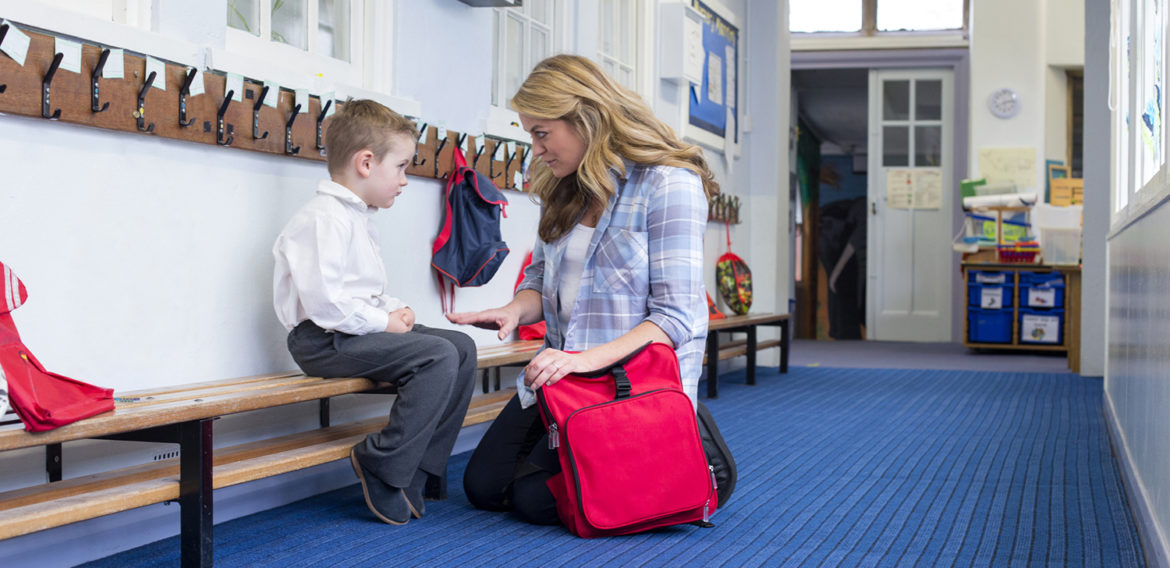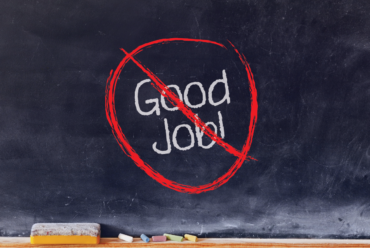Helping Children Learn To Apologize
by Maren Schmidt
Injury occurs one of two ways: accidentally or intentionally.
We need to help our children be prepared to deal with the inevitable in their lives. Accidents do happen, and we need to show them the way to make amends when things have gone wrong. We need to teach these skills, though, beforehand, versus after the fact.
Accidents hurt as much as an intentional wound. When we are involved in an accident, or regrettable incident, all parties have responsibilities to each other. The people who are injured, if possible, need to let the others involved know that they are injured and communicate what needs to be done to remedy the damage, as it may not be readily apparent. The accident victim needs to say for example, “I hurt my knee. Can you get me a bandage?”
When a child’s actions cause an accident, we need to coach the child to offer an apology. By ignoring the incident and not apologizing, our children need to understand that they run the risk of people thinking that they acted on purpose. The sooner an apology is offered, the better. Between the ages of three to six, children are in a critical period for learning social skills, so showing them how to apologize can be done in a matter of fact way.
An apology consists of four steps.
Say you’re sorry.
Ask how to help the other person get back to normal or feel better.
Offer to change behavior so the incident doesn’t reoccur.
Ask for the apology to be accepted. A sincere apology might sound like this:
“I’m so sorry. I didn’t mean to run into you. Are you hurt? How can I help you? I’ll be more careful about where I’m going. Will you accept my apology?”
Being accidentally hurt by a person who expresses concern about you can be forgiven and forgotten. Most of the hurts of a three- to six-year-old are accidental.
Unfortunately, we also need to show our children how to apologize for those incidents where they acted out of anger or hurtful intentions. The format of the apology is the same as the one used for accidents. For regrettable incidents, sometimes a cooling off period must occur between the event and the apology.
Forcing our children to say they are sorry when they are not does not help our children become better people.
A child may not honestly be able to say he or she is sorry about hurting another person. But perhaps the child can speak the truth by saying that he or she is sorry about hitting or name-calling.
The three-year-old who has knocked down a playmate who took his toy, might be coached to say something like this:
“I apologize for pushing you down. I didn’t like that you had my toy. Next time I will try to tell you that I want my toy. What can I do to make you feel better? Will you accept my apology?”
By giving small “what if?” lessons to our young children, we can help them begin to develop life long interpersonal skills. These lessons can take only a few minutes as we propose certain predicaments:
- What if you accidentally knocked your sister down while you were running in the backyard? What would you do?
- What if your friend came over and played with your favorite toy? What would you do?
- What if you got upset and hit a friend? What would you do?
- What if a friend hit you? What would you do?
Taking a few minutes to teach our children how to apologize and anticipate potential conflict will help them learn how to right some of the wrongs in their lives.










I don’t think children should ever made to say “I am sorry” unless they are. It teaches them to lie. And they should not be shamed in to doing so either. It also invalidate their feelings, saying you should feel sorrow for your actions. I teach children to recognize the consequences of their behavior, oh my Marissa is crying, Marisa I see your tears tell me about them. Oh I hear you your body and feelings for hurt when Trey pushed you. Trey did you know you hurt Marissa when your body collided with hers. What can you do to help Marissa? All this is done while showing physical affection to the injured child and at eye level with a loving tone. I end with telling “Trey please be more mindful of your body so the people stay safe on the playground” if it was intentional I say “please gentle hands on other people’s bodies”. I will also add in a “Trey what were you doing when Marisa fell down, often the intent is not to hurt it is to communicate. Modeling and redirecting to words is quite helpful. I will also say “Marissa I am so sorry you got hurt when you fell, how can I help you” often the child wants to help too. My community of toddlers say excuse me, I am sorry when they bump and are generally not as physical with each other as other classrooms. It helps my assistant is on the same page as this and models it very well. We do it wit eachother and the children. To the point that it is almost fake. But it has worked.